The Savica waterfall is one of the most famous Slovenian waterfalls, it is glorified in Slovenian poetry and enchants visitors with the high drop and the green lagoon below. It is located in the heart of the Triglav National Park, more specifically in Bohinj, in the north-western part of Slovenia.
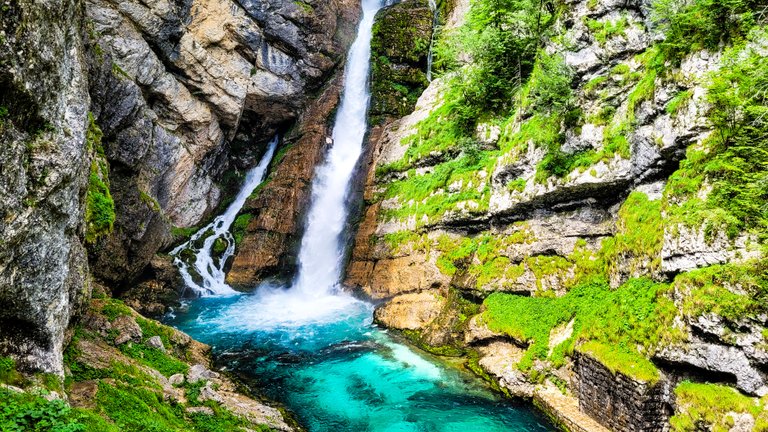





After a relaxing morning with a great breakfast at the hotel and a refreshing swim in the hotel pool, we head out to vote as a family about the afternoon hike. My wife proposed the Mostnica Gorge, while our son insisted on the Savica waterfall. He insisted that at least once it should be his way (O really? Only this time? At least one time?? 😏🙄) and that he would like to see the famous waterfall. He pointed out that he was never there and that he really wanted to see it. So it was, and we went to Savica waterfall, and we left the Mostnica Gorge for the next visit.
 |  |
|---|
To visit Savica waterfall, you can do the hike from the lakeshore, but we did a part of the road by car and drove to the hut, called Koca pri Savici. From there, you have a short walk to the entrance gate. To visit the waterfall, there is a small entrance fee (3–4 euros per person, depending on the season).
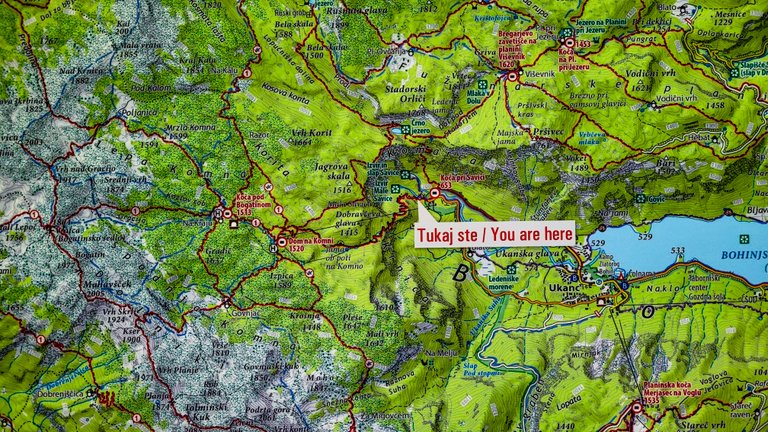
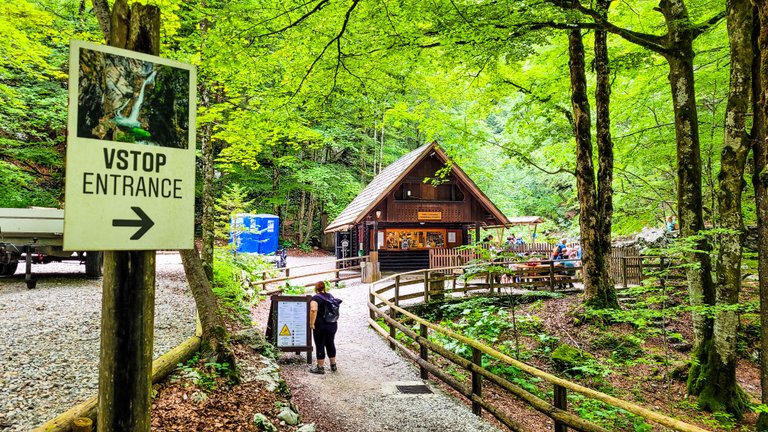
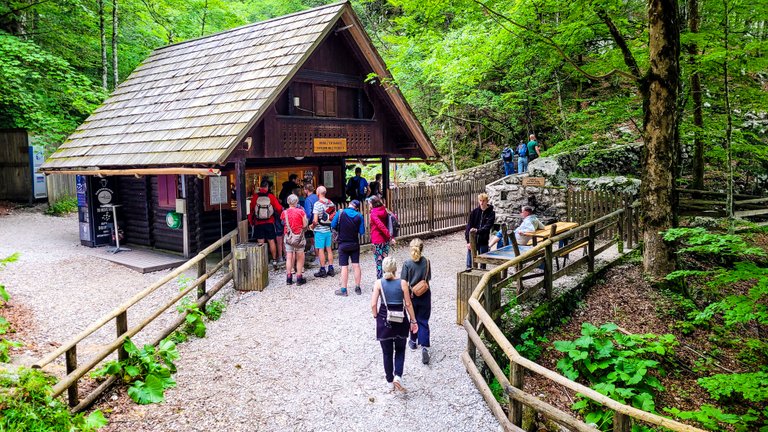

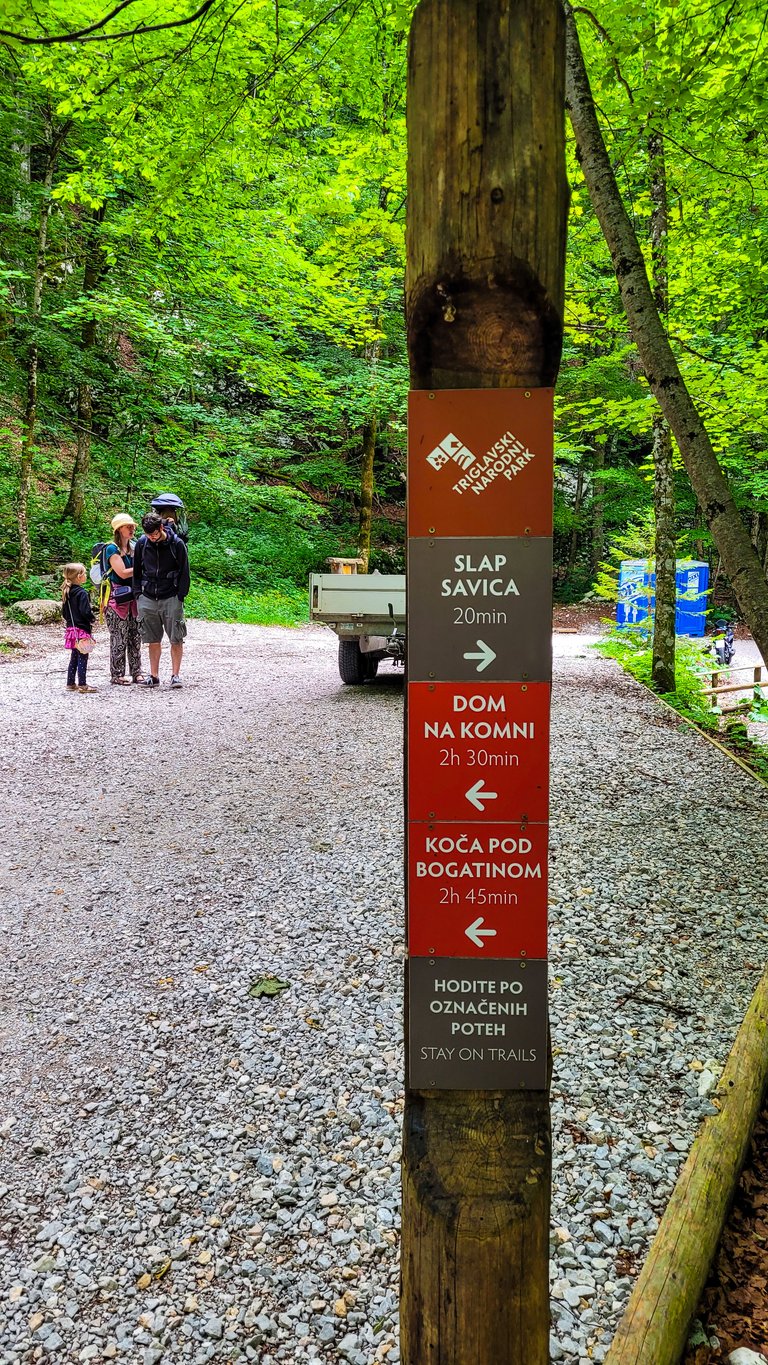
Be ready to do some exercises to reach the waterfall 😅, since there are almost 600 stairs to reach it. Actually, we counted 553 stairs, or, better say, steps to be precise. Why were we counting the stairs?

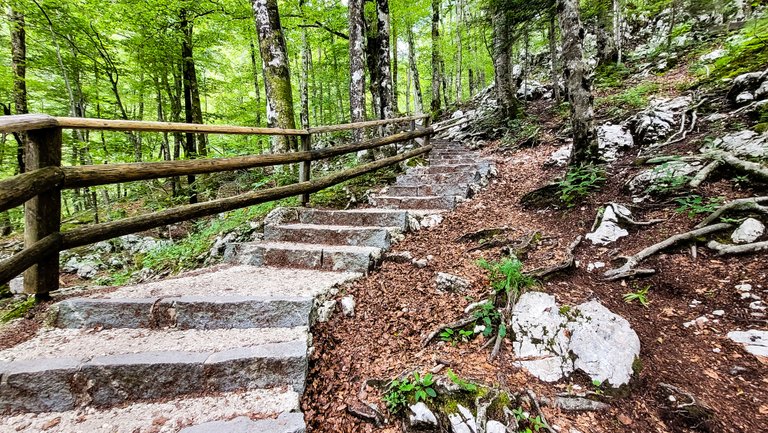
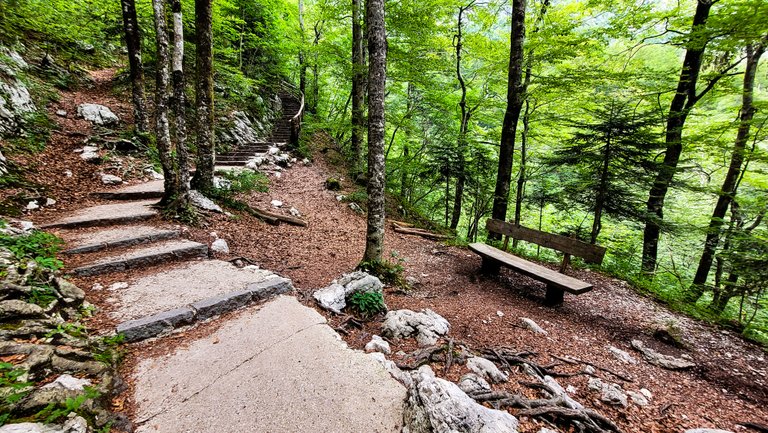
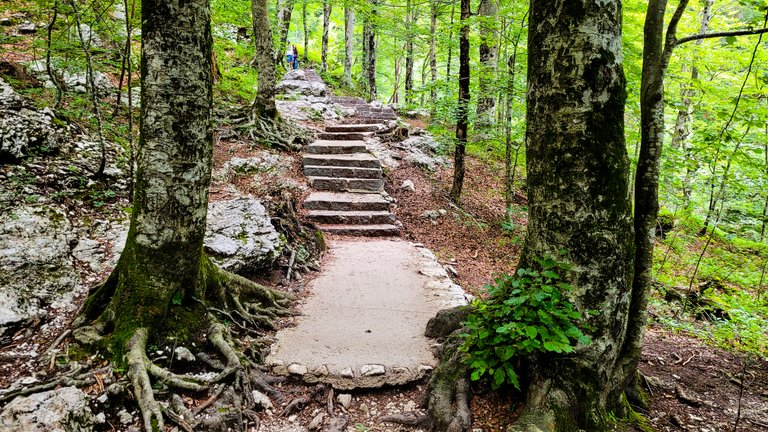
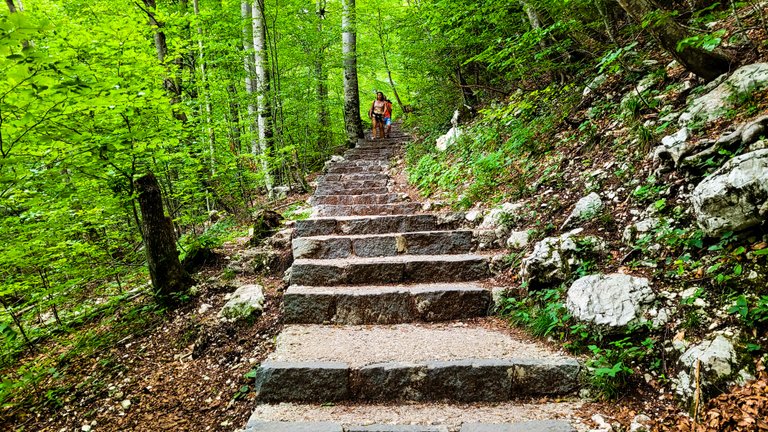

Because when we entered the gate and started to climb the stairs, our son stopped and said: “But this place looks familiar to me! I have an impression that I was here already…” and after a few additional steps, he said: “I was here already, 2 years ago, with my grandparents!" 😂🤣😂 And so, only after the first few stairs, we realise that this wouldn’t be his first visit to the waterfall, and we created the game of counting the stairs to make it more interesting.¸


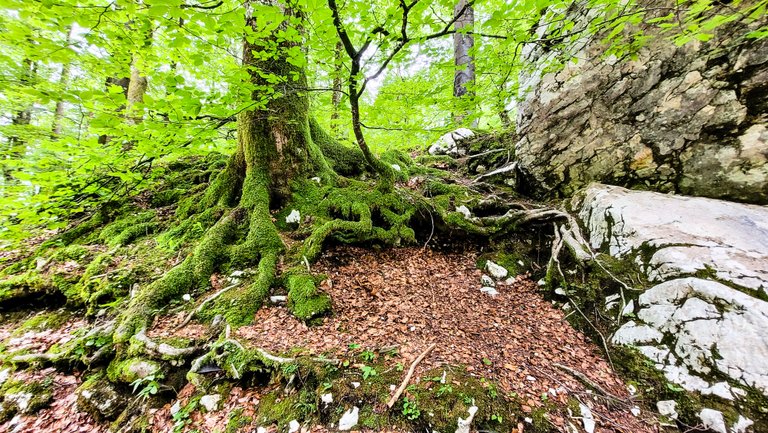
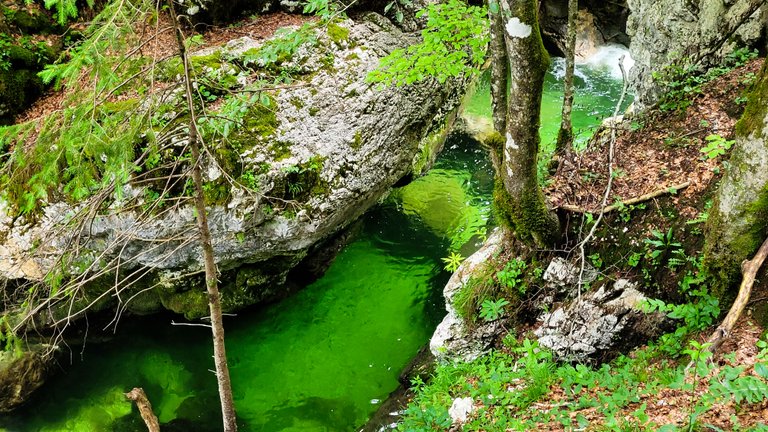
The path leads you upstream, with the stream on your right side, deeply down in the gorge. Although there are many stairs, it is a pleasant and nice walk, and it took us a maximum of 30 minutes (including all the photo stops).
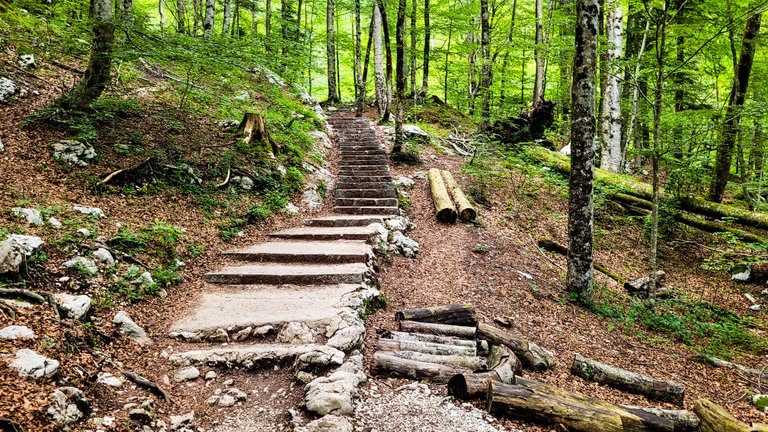




Our route is crossed by a number of small streams that descend into the valley and give us pleasant views of them.
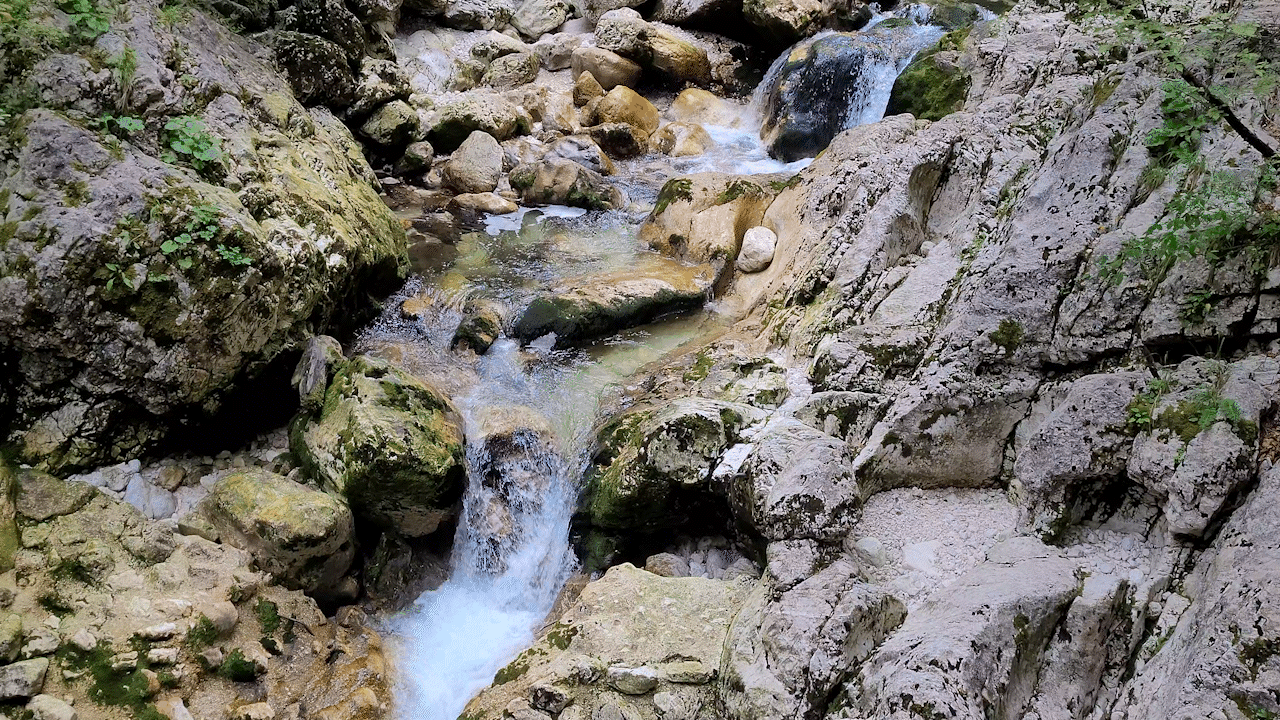
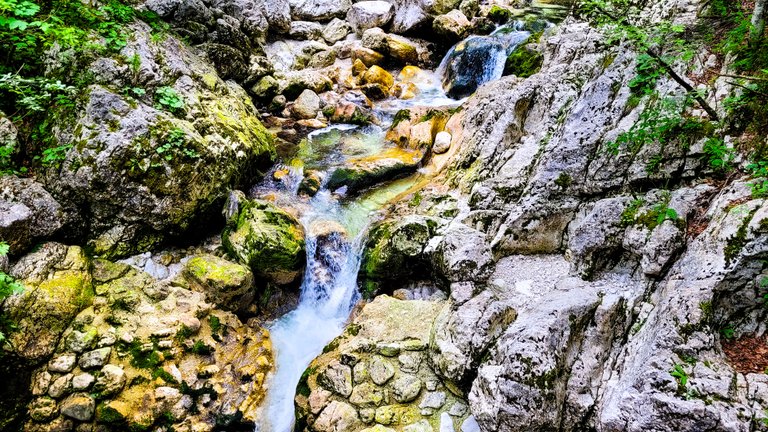

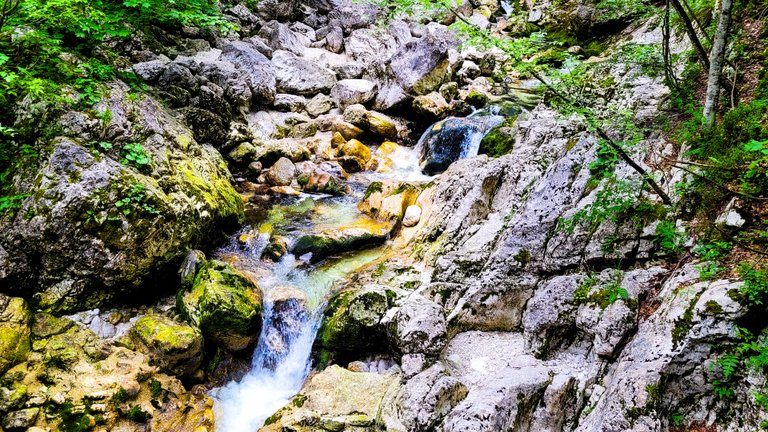
Somewhere in the middle of the walk, you have a nice view down to the valley and the Bohinj Lake, and there is a very useful info board that shows how the Bohinj Glacier covered the area.
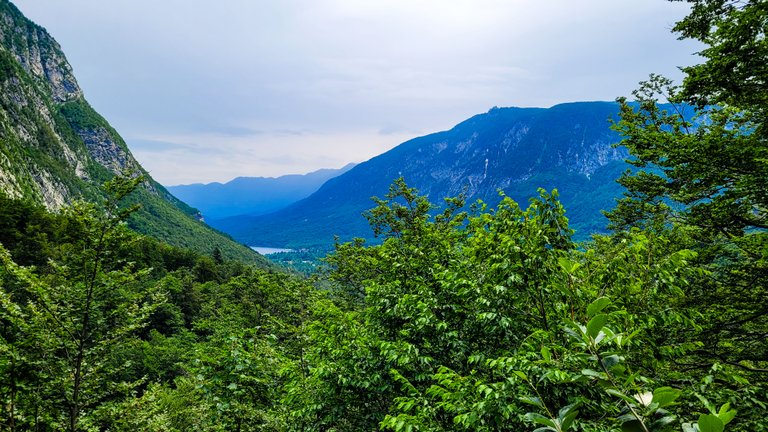
During the last glaciation (approximately 20.000 years ago), the area was covered by the biggest glacier in Slovenia (the Bohinj glacier). The glacier created the typical landscape with the steep walls of the mountains and the U-shaped valley.
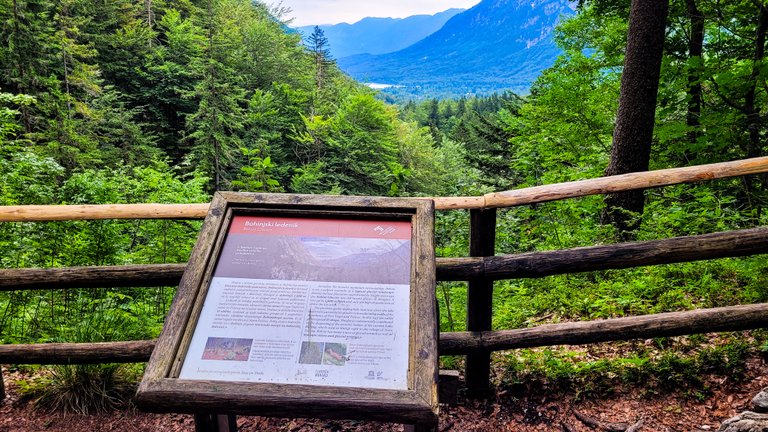

If you want to rest on the way, you can use one of the benches you can find along the way, while enjoying the magnificent view of the valley and the stunning surrounding hills.
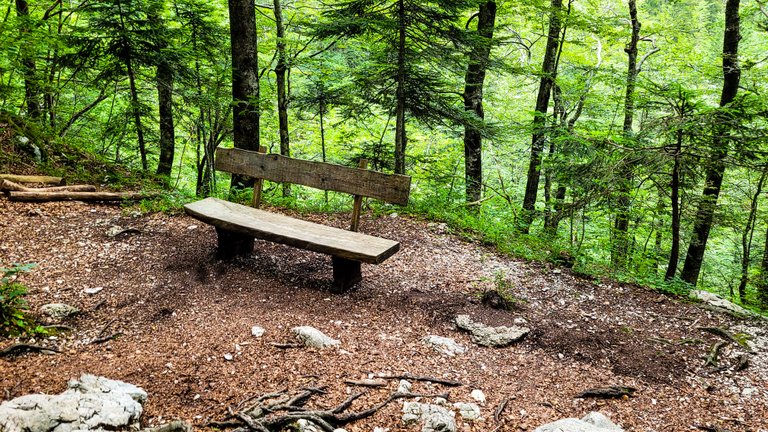


And, after 30 minutes, we arrived at the waterfall. There is a small terrace with a wooden rooftop, and on our left side we saw the beautiful waterfall.
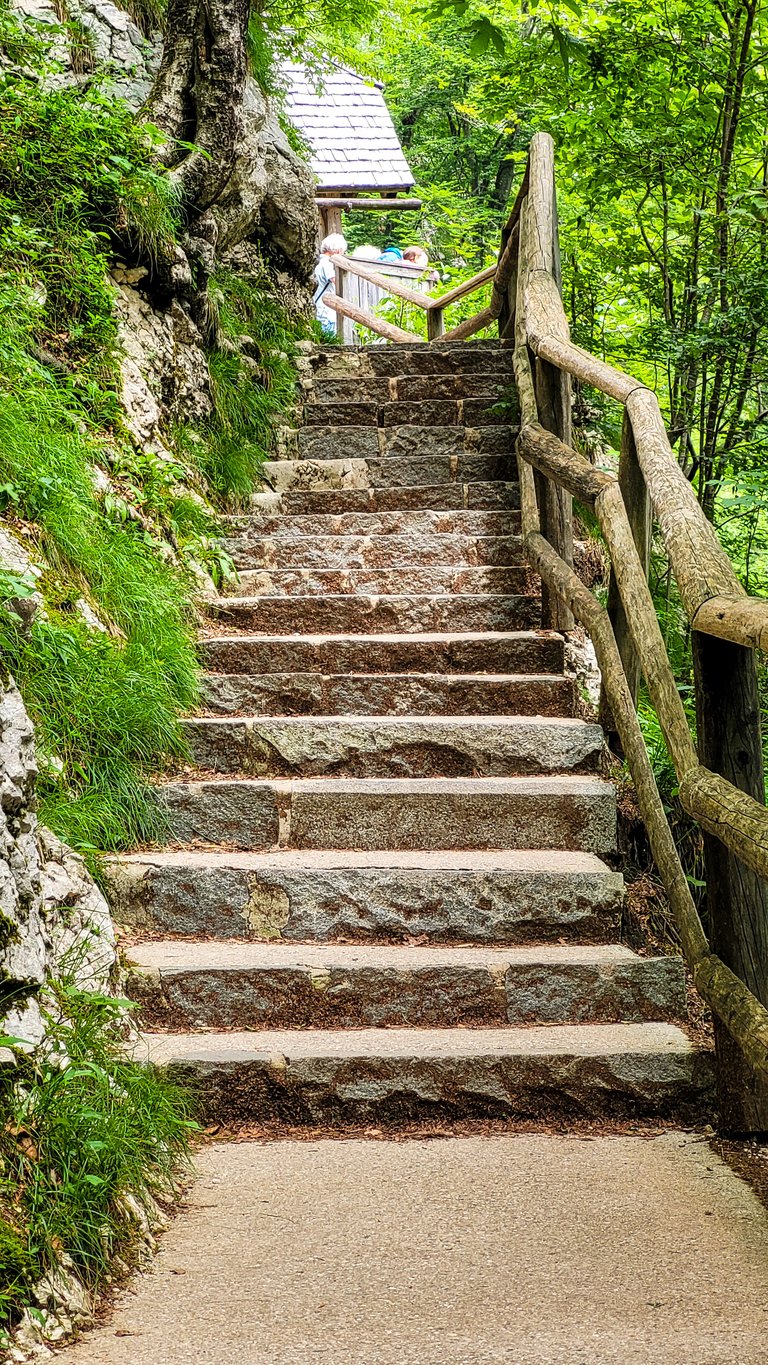
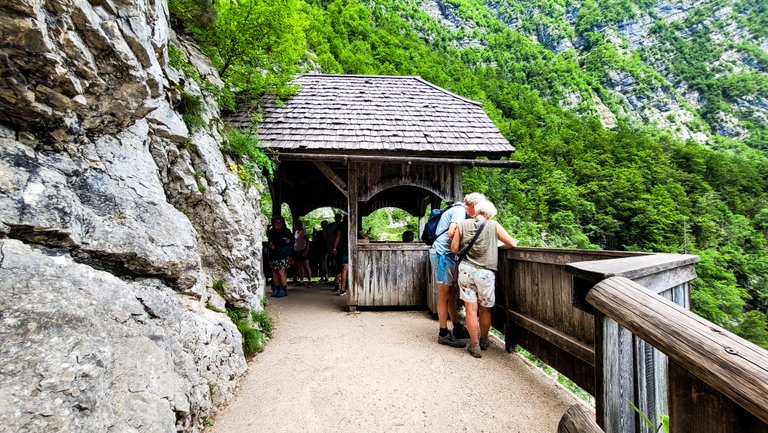
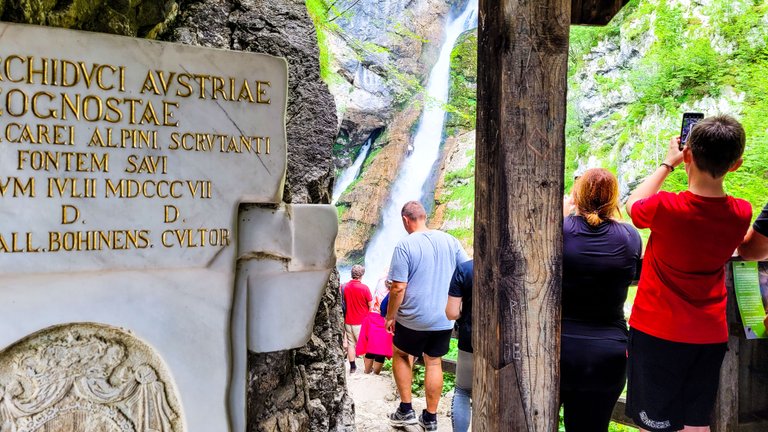

The waterfall burst out from a steep wall of Komarča mountain and has a 78-metre drop into a green water basin. The waterfall has two legs, but what is most interesting is that the water splits into two streams in the underground.


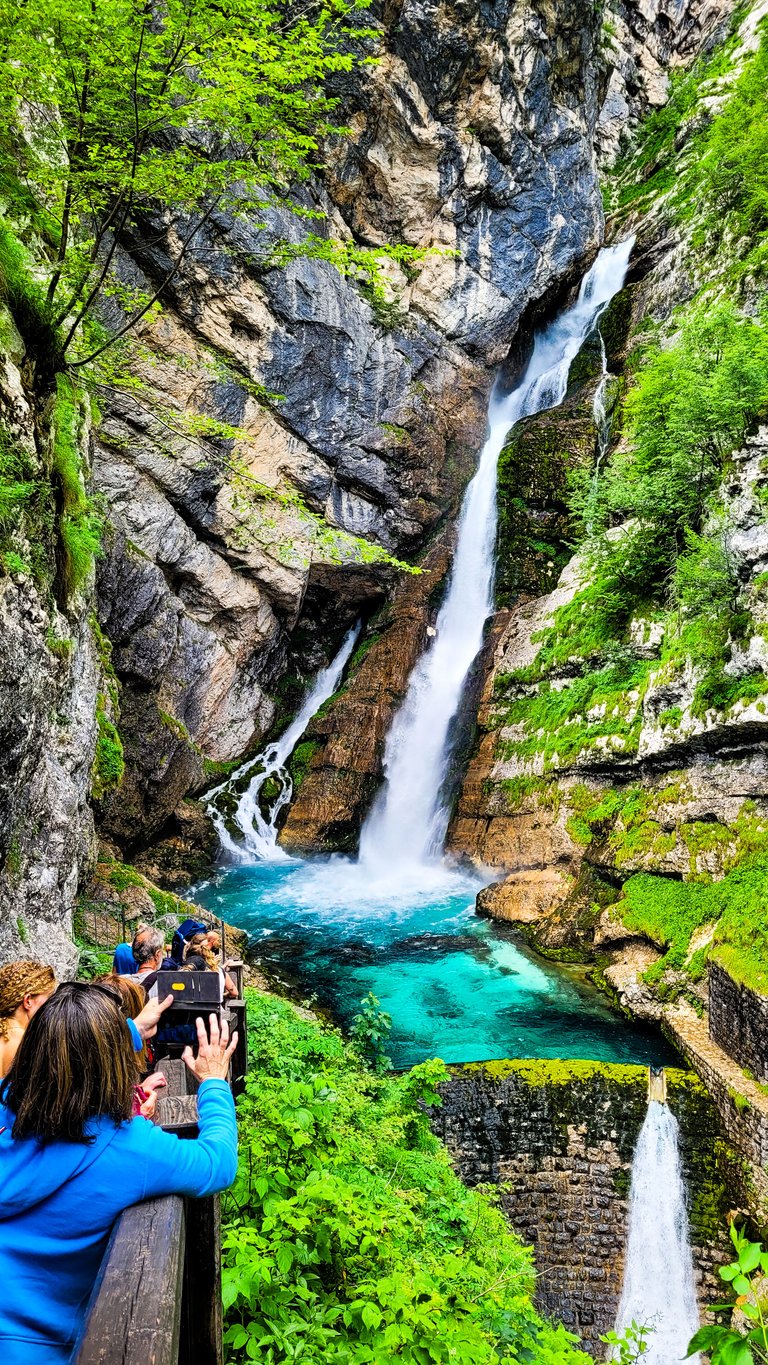
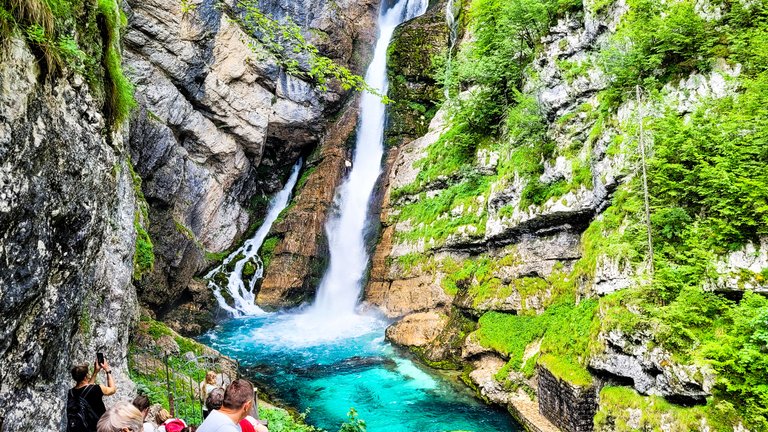

The famous A-shaped waterfall is fed by water flowing from the Triglav Lakes Valley (Triglav is the highest peak in Slovenia). The water arrives at the waterfall through a horizontal cave tunnel. The underground hides numerous syphons and underground lakes (and is accessible to experts in caving).
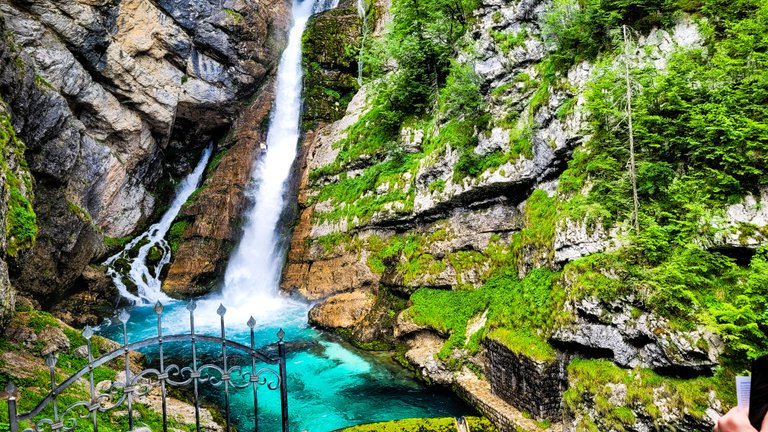
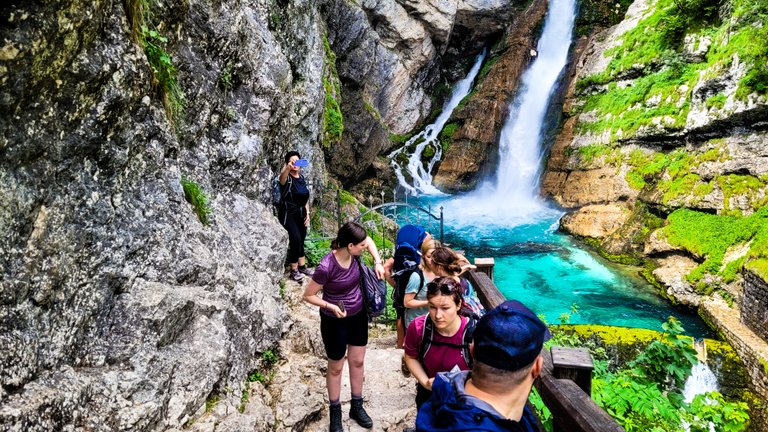
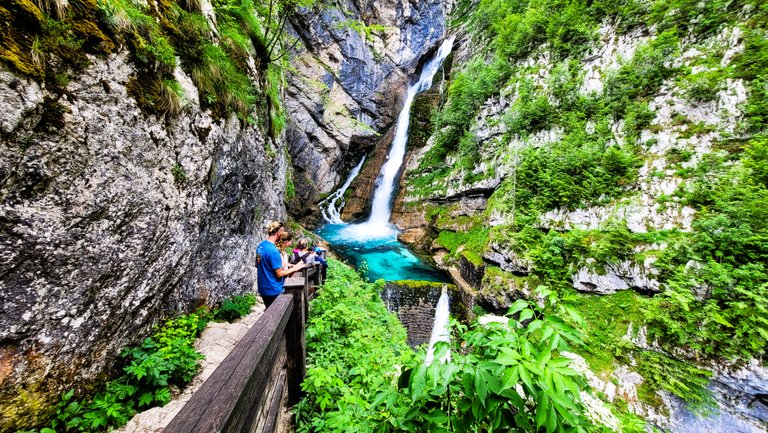
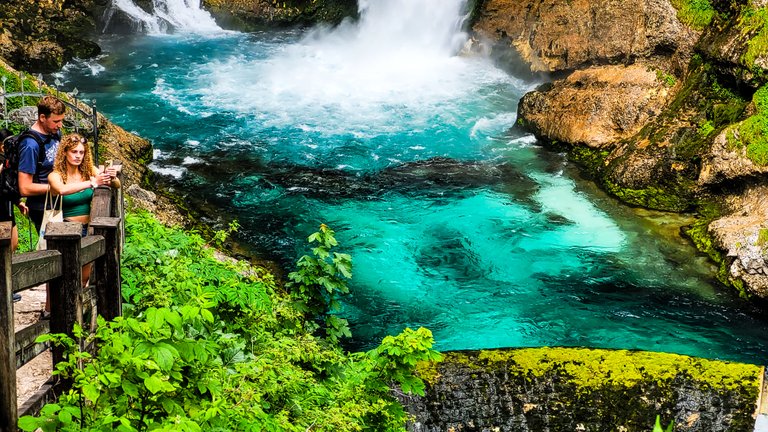
We were admiring the waterfall and taking photos when I spotted a small but very interesting info board about positive energy in nature. Personally, I really believe and also strongly feel the recharging and energising power of nature, but there was also a more scientific explanation.
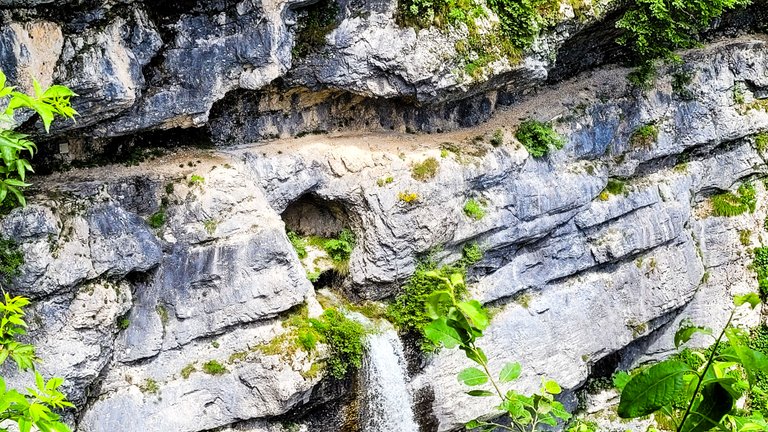
The information on the board said that the negative ions present in nature are the key to our well-being. The highest levels of ions are present in the mountains, at sea level, and in the forests (5.000 to 50.000 per cubic centimetre). At the Savica waterfall, the quantity of these negative ions is 100.000 per cubic centimetre. So as for the instructions on the sign board, we closed our eyes and enjoyed the sprinkling water drops of the waterfall.

As an interesting fact, during the First World War, this area was a rear area for the Krn Battlefield, through which the soldiers on the battlefield were supplied.
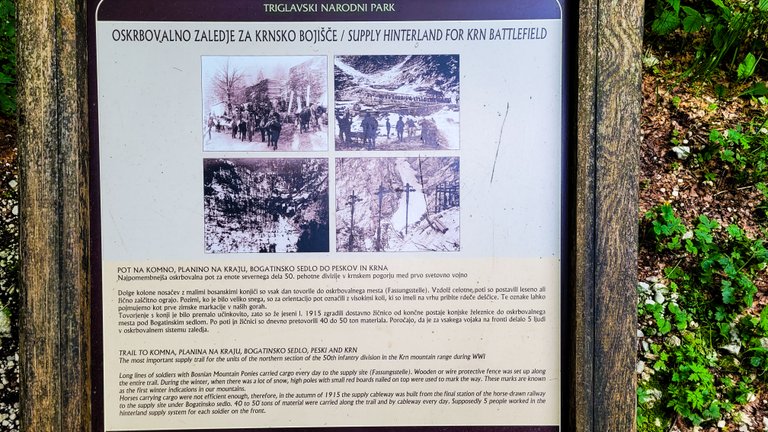
It was time to return to our hotel, but before that, we had a stop for a late lunch at a very nice local restaurant. Small and cozy ambience that is offering traditional diches of the Bohinj area. We decided on three dishes to split and taste. We had an excellent mushroom soup, buckwheat porridge with cracklings, and a plate of tadeonal meat, sauerkraut, and potatoes. All were super good, and at the end we still had space for a delicious home-made fruit strudel, but it was so good that we forgot to take a picture 😀

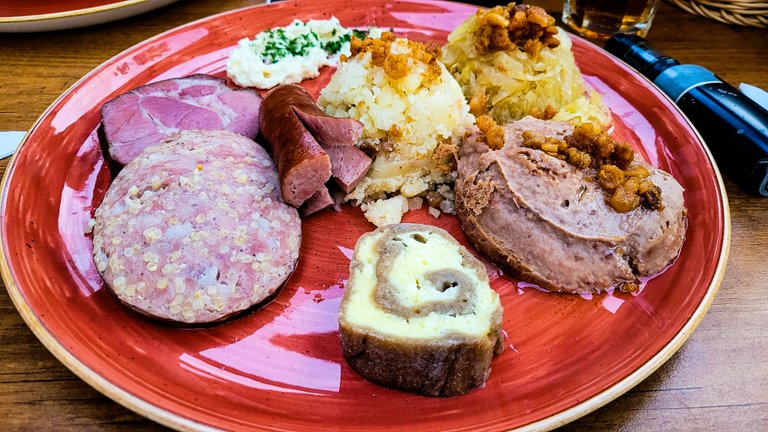
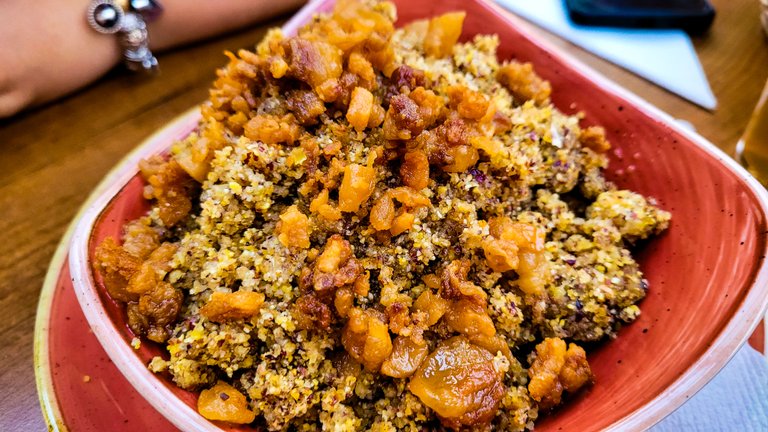
Thanks for reading,
feel free to leave a comment, I will be glad to reply to.
Best regards, @miljo76

